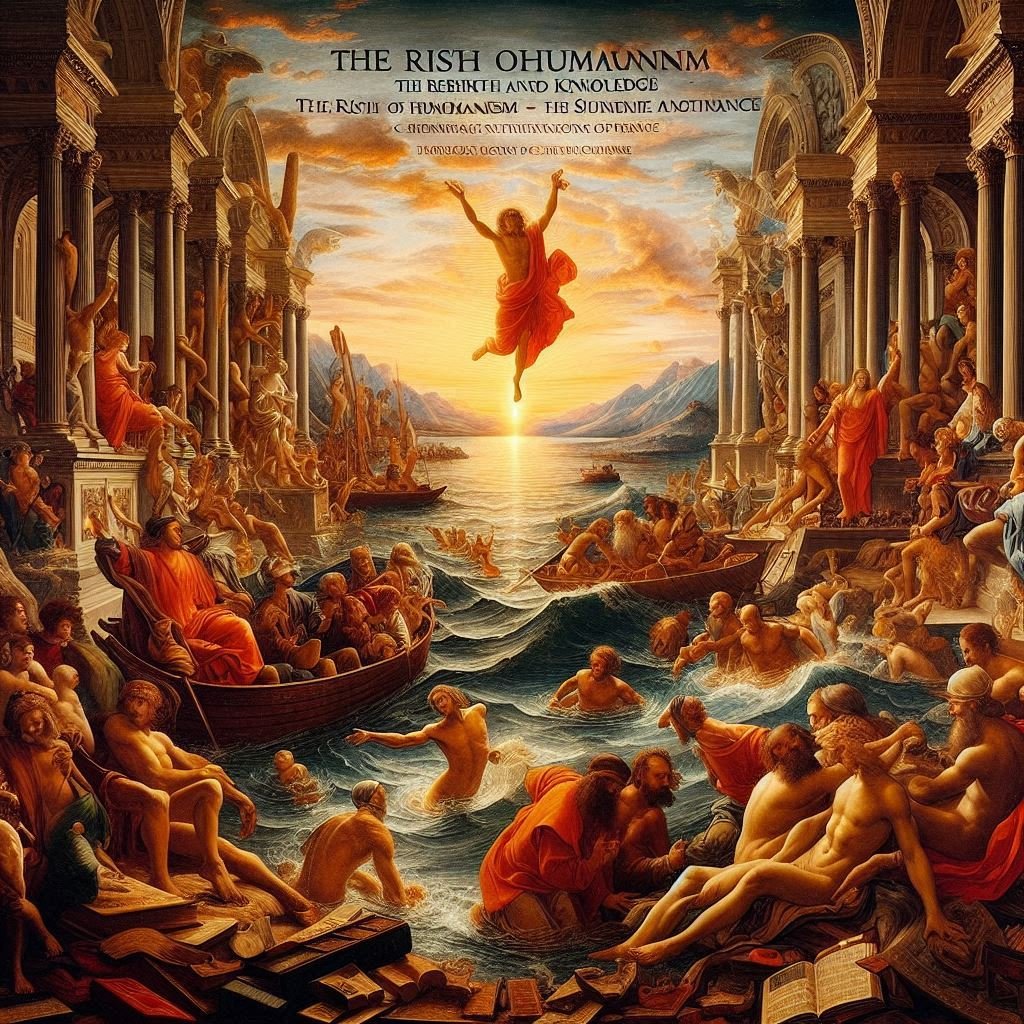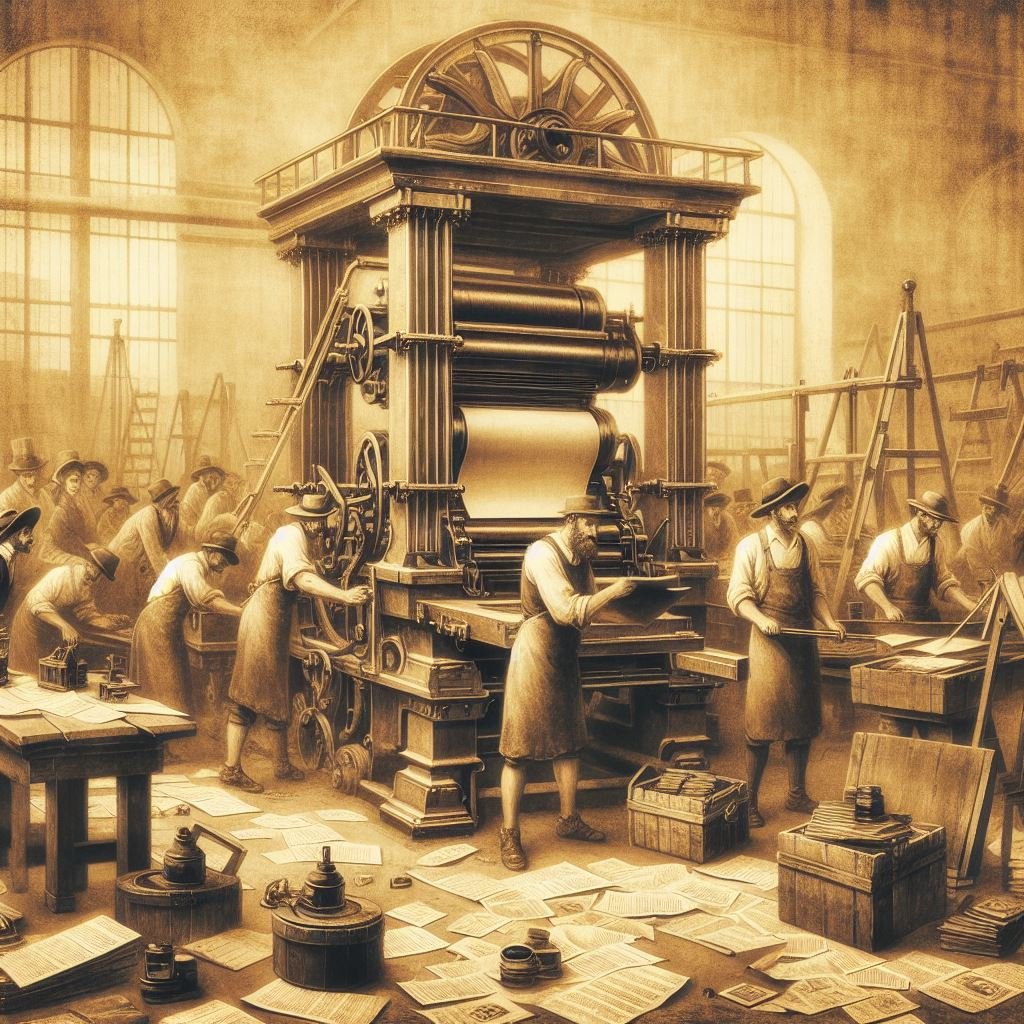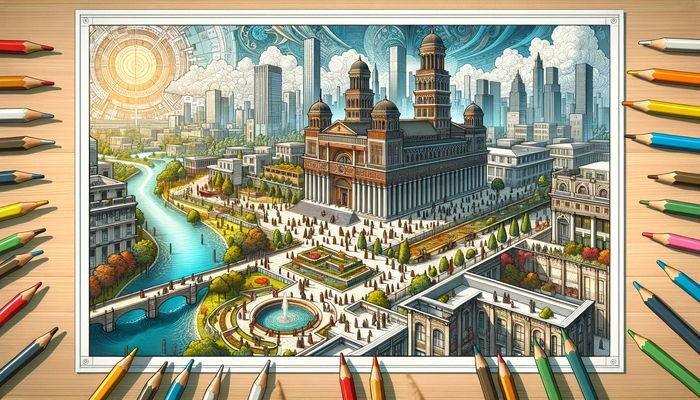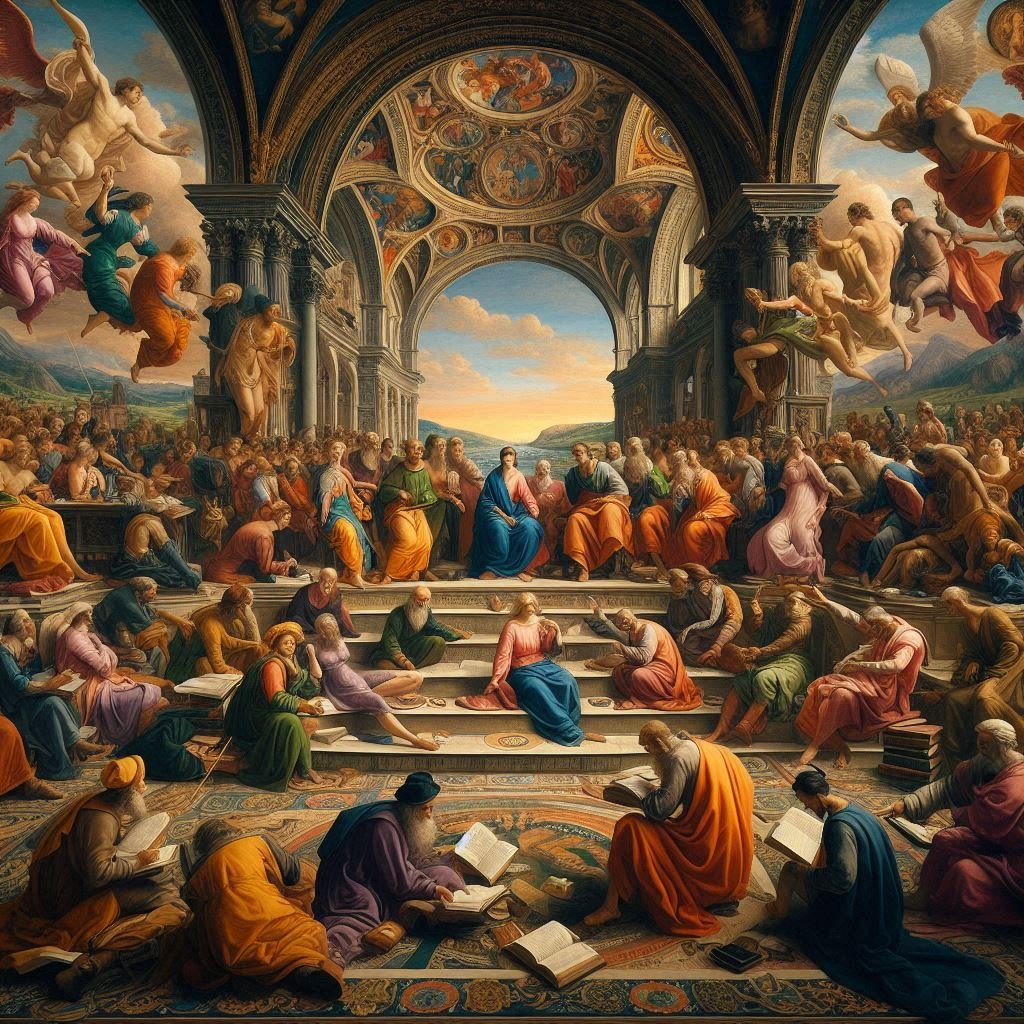Introduction: A New Dawn for Europe
The Renaissance, spanning from the 14th to the 17th century, was a period of profound transformation in Europe. Known as the “rebirth” of classical learning and culture, the Renaissance ushered in new ideas, artistic achievements, and scientific discoveries. At the heart of this movement was humanism, a philosophy that emphasized the value and agency of human beings, drawing inspiration from the Greco-Roman traditions.
Emerging from the ashes of the Middle Ages, the Renaissance not only revived interest in classical texts but also ignited a spirit of inquiry that transformed Europe’s intellectual and cultural landscapes. This period is often seen as the bridge between the medieval world and the modern era.
The Rise of Humanism: A New Philosophy
At the core of the Renaissance was humanism, a movement that placed human beings at the center of inquiry and celebrated individual potential. Humanists believed in the importance of education, art, and civic responsibility. They sought to revive the classical knowledge of ancient Greece and Rome and applied it to create a better society.

Humanist scholars like Petrarch and Erasmus advocated for the study of the liberal arts, including grammar, rhetoric, history, poetry, and moral philosophy, believing that these disciplines could elevate individuals and society.
“Man is the measure of all things.” – Protagoras, often cited by Renaissance humanists
Humanism: Facts and Figures
| Figures & Facts | Details |
|---|---|
| Key Humanist Figures | Petrarch, Erasmus, Thomas More |
| Renaissance Humanism | Focus on classical education and individualism |
| Liberal Arts Subjects | Grammar, rhetoric, history, poetry, philosophy |
| Impact on Art | Emphasis on realistic portrayal of the human form |
Artistic Achievements of the Renaissance
The Renaissance saw the flourishing of artistic genius unlike any period before. The works of artists such as Leonardo da Vinci, Michelangelo, and Raphael epitomized the Renaissance ideal of blending art and science. Their masterpieces, inspired by humanist principles, reflected a deep appreciation for human anatomy, proportion, and emotion.

Leonardo da Vinci, with his mastery of diverse fields, created some of the most iconic artworks, including the Mona Lisa and The Last Supper. His meticulous notebooks reveal his deep study of anatomy, engineering, and botany, blending science with art in unprecedented ways.
Michelangelo, renowned for his sculptures like David and his paintings on the Sistine Chapel ceiling, represented the ideal of the Renaissance man—an individual capable of excelling in multiple disciplines.
“A man paints with his brain, not with his hands.” – Michelangelo
Renaissance Art: Facts and Figures
| Figures & Facts | Details |
|---|---|
| Leonardo da Vinci | 1452 – 1519 CE, painted Mona Lisa, The Last Supper |
| Michelangelo | 1475 – 1564 CE, sculpted David, Sistine Chapel |
| Famous Inventions | Linear perspective in painting |
| Cultural Influence | Art became a symbol of status and education |
Scientific Discovery and the Printing Revolution
The Renaissance wasn’t just an artistic rebirth; it was also a period of scientific inquiry. Nicolaus Copernicus challenged the established view of the universe by proposing the heliocentric theory, which stated that the Earth and planets revolved around the Sun, a concept that sparked a scientific revolution.

One of the most important technological advancements of the period was the printing press, invented by Johannes Gutenberg in 1440 CE. This invention revolutionized the spread of knowledge by making books cheaper and more accessible. Before the printing press, books were painstakingly copied by hand, limiting literacy and the dissemination of knowledge to a select few.
With the printing press, the Bible, classical texts, and new scientific discoveries could reach a broader audience, leading to an explosion in literacy rates across Europe.
“The printing press is the greatest weapon in the armory of the modern scholar.” – Martin Luther
Scientific Advancements: Facts and Figures
| Figures & Facts | Details |
|---|---|
| Printing Press | Invented by Gutenberg in 1440 CE |
| Copernicus’ Heliocentric Theory | Published in 1543 CE |
| Increase in Literacy | Literacy rates rose across Europe post-1500 CE |
| Impact on Education | Universities flourished, scientific inquiry expanded |
Impact of the Renaissance on Modern Society
The Renaissance laid the foundation for the modern world. Its revival of classical knowledge and emphasis on human potential led to innovations in art, science, and philosophy that are still influential today. The focus on individualism and critical thinking became key drivers of the later Enlightenment and the rise of democratic ideals.

Renaissance humanism continues to influence our approach to education, governance, and even how we perceive the role of art in society. The works of Renaissance thinkers, scientists, and artists remain integral to our understanding of history, science, and culture.
“The Renaissance teaches us that to be human is to think and create.” – Stephen Greenblatt
Modern Legacy: Facts and Figures
| Figures & Facts | Details |
|---|---|
| Renaissance Ideals | Individualism, secularism, human potential |
| Modern Impact | Foundations for modern science, philosophy, and art |
| Key Contributions | Advancements in anatomy, astronomy, engineering |
| Continued Influence | Renaissance ideals inspired the Enlightenment |
Conclusion: The Everlasting Influence of the Renaissance
The Renaissance was a pivotal moment in human history that reshaped Europe and laid the groundwork for the modern world. By reviving classical knowledge, fostering scientific inquiry, and celebrating human potential, the Renaissance continues to influence the way we think, create, and govern.
The contributions of Da Vinci, Michelangelo, and countless others during this period transcend their time, reminding us of the limitless potential of human creativity and curiosity.
